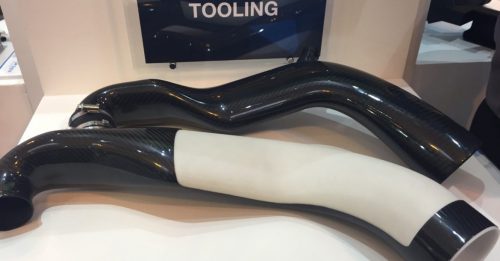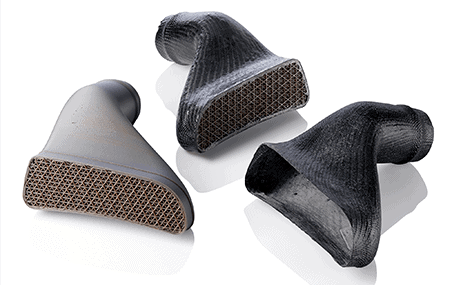Sacrificial Tooling 101 - Part 1
It’s known that a simple material inversion in Insight can give you some pretty unique and powerful results in your print. This is definitely the key to a few of the more advanced applications we can achieve on FDM.
The purpose of material inversion is fairly simple. Essentially, you’re simply flipping the model and support material toolpaths on your piece so that model prints where support would be and vice versa.
The power of this, inherently, is now you have a correctly printed model that can be dissolved away.
Where do we see this application being the most useful? In theory, any part that could have complicated internal geometry, or is currently being manufactured via fragile materials or a clamshell method are excellent for this application, especially where controlling a seam or the stability of the piece are concerned.
Now, there are a few ways currently that companies manufacture sacrificial tooling. This is fairly common in our industry and can be found nearly everywhere. Typically, we are used to seeing things like ceramic and cast urethane to create these tools (among other materials). The issue with these materials is that they tend to either be too fragile to handle in a factory setting, require additional tooling or material to complete, or cannot be applied to complicated geometry.
Tooling applications such as this will begin in the tool design where you need to understand the overall shape and geometry of the part, as well as critical surface features and feature locations. Once the part is complete and off the machine, minimal finishing should be necessary for the tool aside from some simple sanding or perhaps some post-process fitting to the part itself.
In one common application, carbon fiber can be laid up with traditional methods, have epoxy applied, and introduced to an autoclave for resin impregnation. After you’re done setting your carbon fiber, submerging the piece in Waterworks or Ecoworks will dissolve the support material away from the piece, leaving you with a fully intact carbon fiber piece, ready for finishing.


Robb Lauer
Application Engineer
Computer Aided Technology, LLC

 Blog
Blog